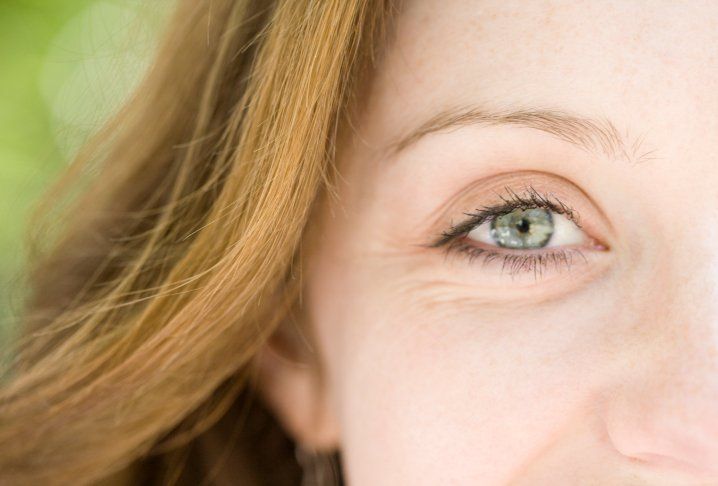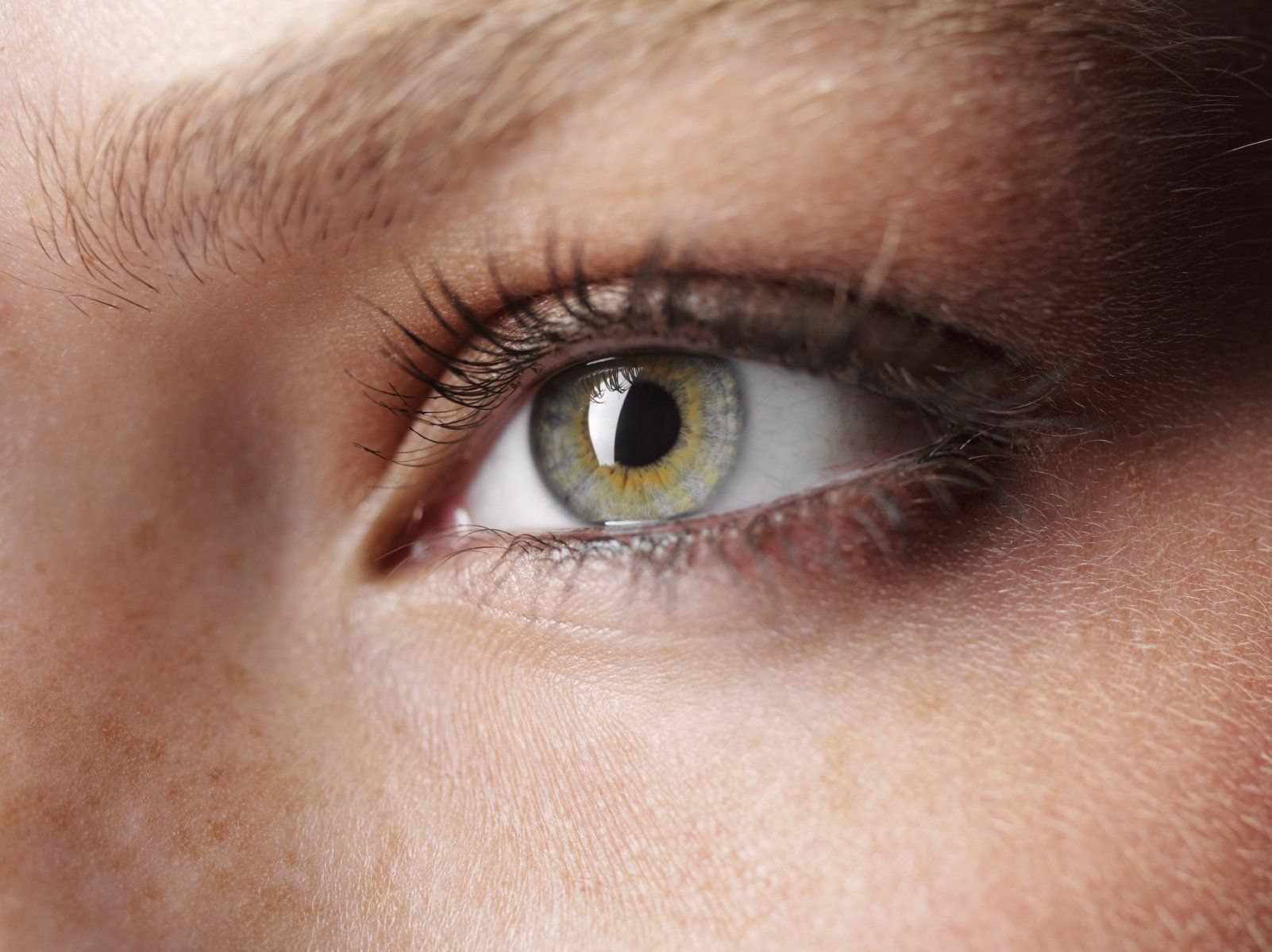Our services range from determining glasses to detecting and treating serious diseases or changes in and on the eye. Our modern, digital and laser-based diagnostic devices enable you to have optimal early detection, care and follow-up. The most common treatments are listed and explained here.

The cause is usually increased intraocular pressure
Glaucoma damages the nerve fibers of the optic nerve. This is often caused by excessive intraocular pressure, which is usually the result of poor blood circulation in the eye.

The clouding of the lens
In most people, the lens in the eye becomes cloudy as they age. Up to a certain point this is not a concern, but normal and tolerable. From a certain point of cloudiness, however, visual performance deteriorates noticeably.

Makuladegeneration
A special position in our spectrum is the diagnosis and treatment of age-associated macular degeneration (AMD). From early diagnosis to short-term intravitreal therapy here in our house to visual rehabilitation with magnifying vision aids, we ensure the best possible preservation of your visual performance .

Damage caused by diabetes mellitus in the eye
Diabetic retinopathy is a secondary disease of diabetes mellitus (sugar diabetes). In those affected, the high blood sugar has damaged the retina over the years, so that the eyesight deteriorates and can lead to blindness if the therapy is inadequate. Diabetes is one of the most common causes of blindness in our country. Diabetics should have their eyes examined regularly so that damage to the retina can be detected early and the diabetologist treating them can be given information about vascular damage in the body.

Red eye
Redness in the eye can have many causes. Whether an inflammation, a foreign body in the cornea or conjunctiva, eye involvement in a rheumatic disease or infection. The spectrum ranges from a slight impairment of vision to the impending loss of the eye. We also take these sometimes inconspicuous symptoms very seriously and try to help you as best we can.

Dry eyes
A dry eye can have many causes and the symptoms can vary greatly. The spectrum ranges from harmless symptoms such as a slight, sporadic foreign body sensation to severe pain that restricts quality of life. Contact us and we will help you further.
Surgical interventions
The most frequently performed operation in Germany
The gray star (cataract) is the clouding of the originally clear eye lens, mostly with advancing age. As a result, visual performance is significantly reduced. If left untreated, the condition or cloudiness usually gets worse.
The particularly gentle procedure for lens surgery
The nanolaser is the latest development in cataract surgery to remove the natural lens of the eye. Using ultra-short laser impulses in the nanosecond range, the natural lens can be liquefied and suctioned off without thermal stress on the eye.
Intravitreal drug delivery
Intravitreal surgical drug administration (IVOM) is an additional treatment option for various diseases that affect the inside of the eye.
IStent
An iStent is one millimeter long, 0.33 millimeters high and weighs 60 micrograms. In MIGS, the iStent is used to create a connection between the anterior chamber of the eye (between the cornea and the pupil) and the natural drainage pathway for the aqueous humor, the so-called Schlemm's canal. After initial clinical experience was gained by using iStents during cataract surgery, the small implants are now being used independently of other interventions using an injector.
Treatment of pathological and cosmetic eyelid changes
Interventions in the area of the eyelids and the adjacent facial skin include medical and cosmetic surgeries. On the one hand, there are diseases such as misalignments, inflammation or benign and malignant tumors that require treatment. On the other hand, aesthetically disturbing changes in the lids are reasons for surgical treatment. For larger operations, we work closely with selected eyelid specialists, to whom we refer if necessary.
Laser eye treatments

The Selective Laser Trabeculoplasty (SLT)
This method of laser treatment is a particularly gentle and low-risk form of therapy for open-angle glaucoma. Laser impulses are emitted in the chamber angle of the eye, which reduce the outflow resistance and thus lead to a reduction in intraocular pressure. A particular advantage of this method is its repeatability, since no relevant damage occurs.

YAG - Iridotomie
The chamber angle in the eye (outflow of the liquid constantly formed in the eye) is too narrow, especially in oversighted people. If the pupil widens (e.g. in the dark), the width of the chamber angle can be further reduced up to a complete closure where no more water can drain.

In cyclophotocoagulation, the so-called ciliary body, in which the fluid in the eye is produced, is destroyed with a laser beam. This reduces eye water formation and lowers eye pressure.

Laser coagulation of the retina is a therapeutic method that can be used to treat various retinal diseases. The laser effects can be used to close pathologically altered areas of the retina, leaking blood vessels or holes in the retina.

Laser capsuolotomy with the YAG laser
During cataract surgery, the natural, clouded lens is removed, but the lens capsule, which represents the suspension apparatus of the lens, is left in place.
partner networks


long-standing partner of medi bayreuth

© All rights reserved.
kamppeter.net
partner networks


long-standing partner of medi bayreuth

partner networks


long-standing partner of medi bayreuth


